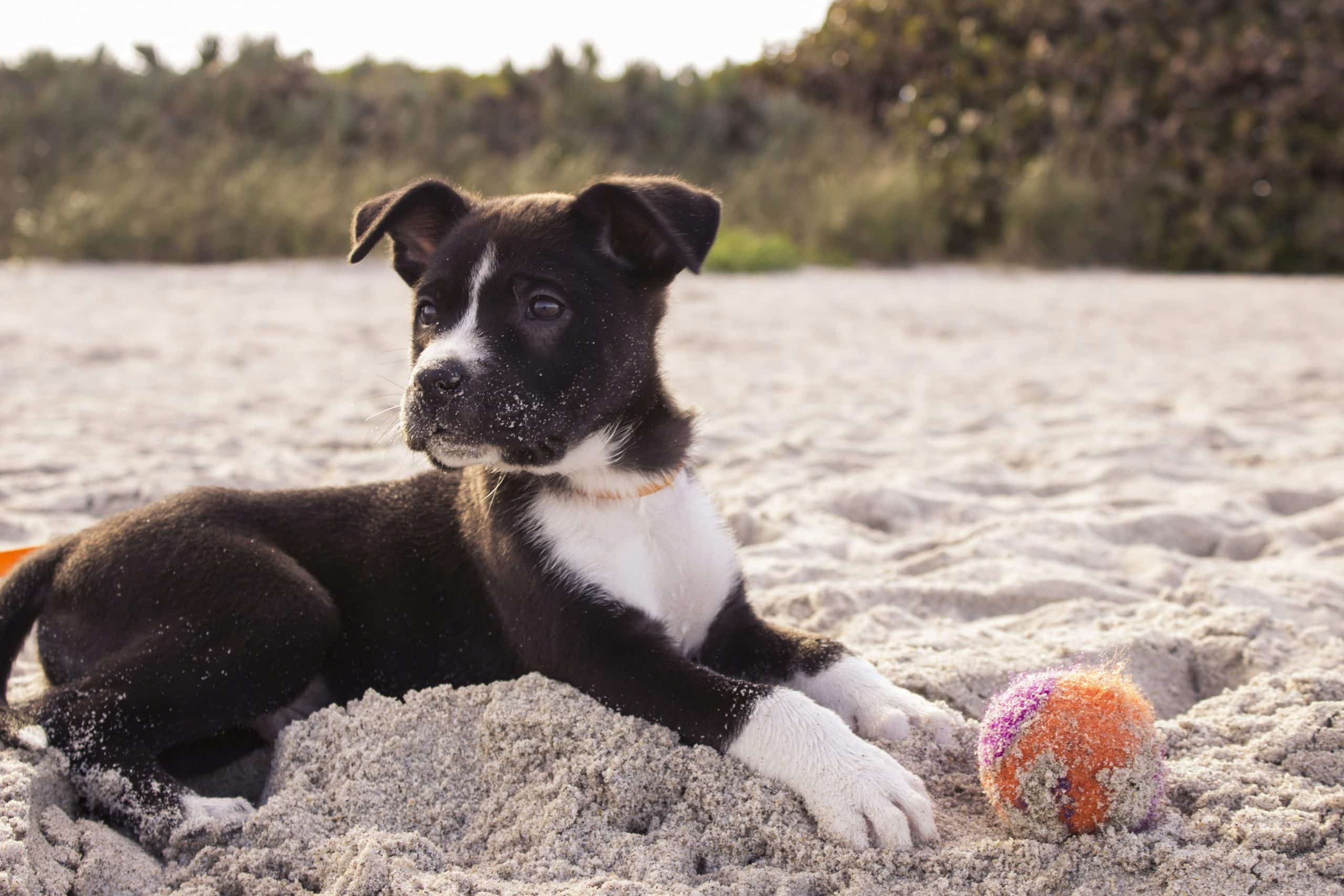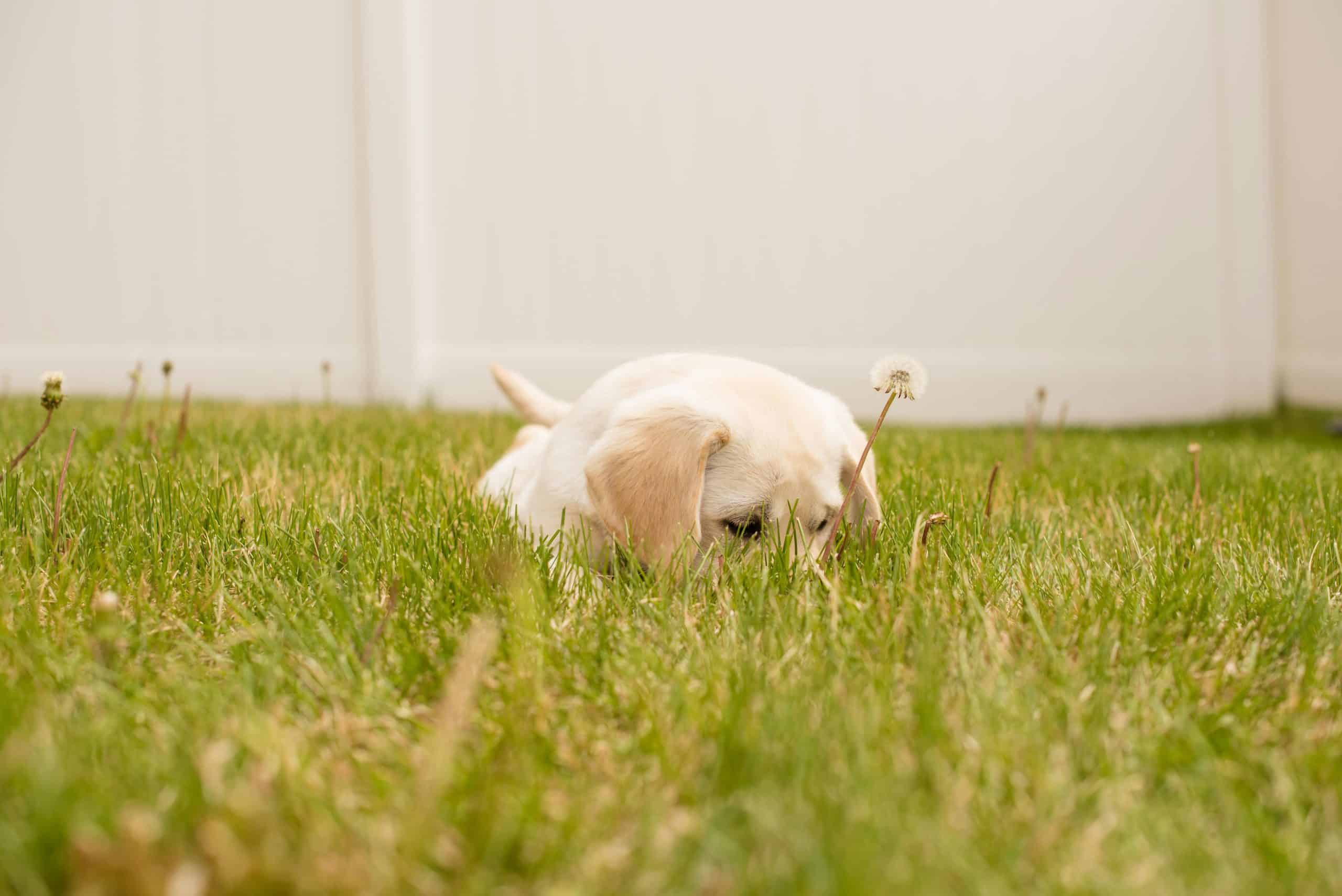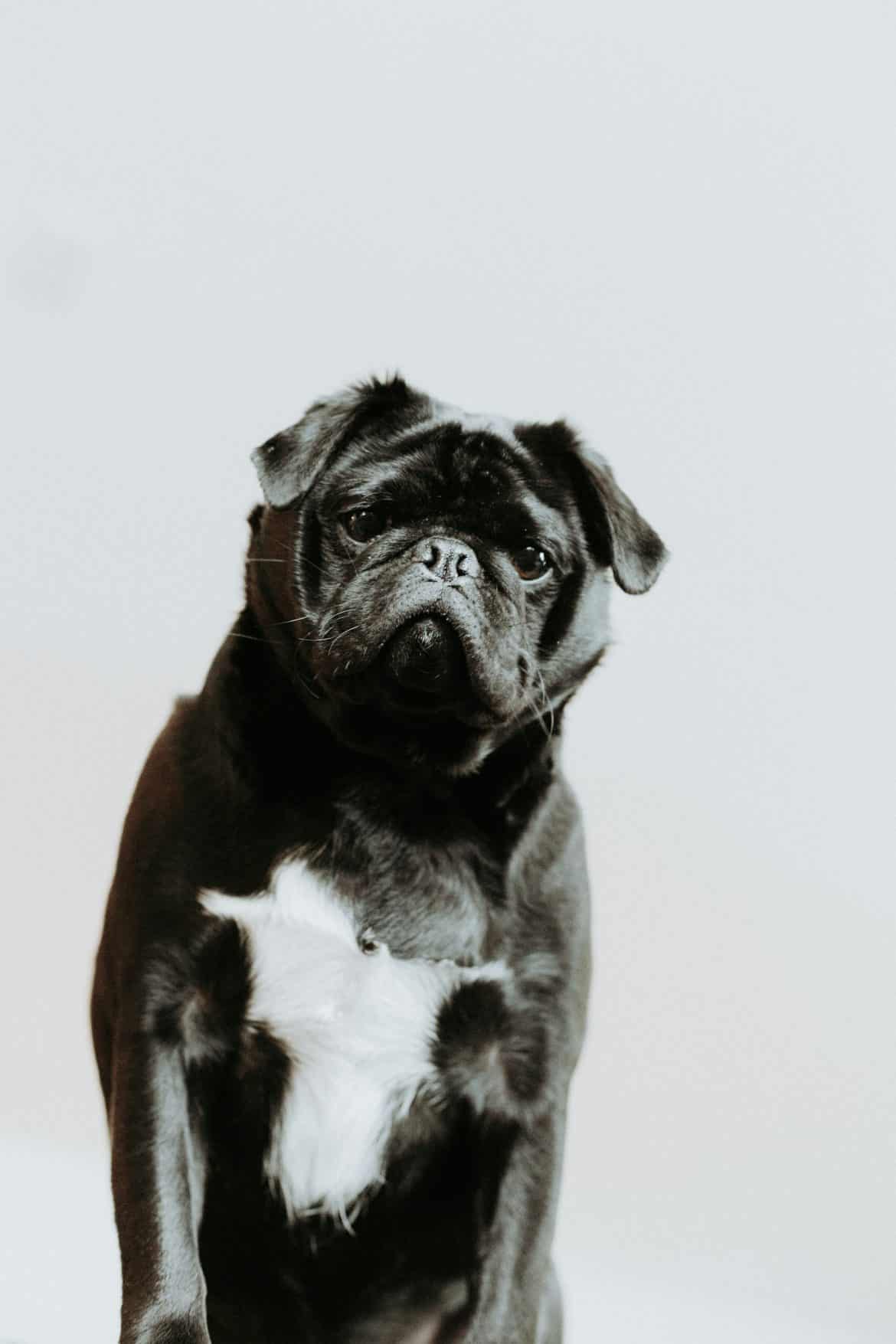Congratulations on becoming a proud puppy parent! In this article, you will discover effective techniques to successfully housetrain your adorable furry friend. Whether you are a first-time dog owner or simply seeking some expert advice, this comprehensive guide will provide you with invaluable tips and strategies to ensure smooth and stress-free housetraining for your puppy. Get ready to forge a strong bond with your pup as you embark on this exciting journey together!
Creating a Routine
Establishing a routine is crucial when it comes to housetraining your puppy. Dogs thrive on structure and knowing what to expect. By following a set schedule, you can help your puppy understand when it's time to go potty and reduce the likelihood of accidents in the house.
Establishing a Schedule
The first step in creating a routine is to establish a schedule for your puppy. This includes regular feeding times, potty breaks, and exercise. By feeding your puppy at the same time each day, you can predict when they will need to relieve themselves. Designate specific potty breaks throughout the day, especially when they wake up, after meals, and before bedtime. Consistency is key in helping your puppy develop good bathroom habits.
Using a Crate
Using a crate can be an effective tool in housetraining your puppy. Dogs naturally avoid soiling their sleeping area, so a properly sized crate can help limit accidents. Make sure the crate is large enough for your puppy to stand, turn around, and lie down comfortably. Use positive reinforcement to create a positive association with the crate, such as giving treats or praise when they enter or stay in the crate. Remember, a crate should never be used as a form of punishment.
Monitoring Their Food and Water Intake
To avoid unexpected accidents, it's important to monitor your puppy's food and water intake. By understanding their feeding schedule and portion sizes, you can predict when they will need to use the bathroom. Avoid free-feeding and instead offer meals at specific times. It's also a good idea to limit water intake before bedtime to reduce the likelihood of nighttime accidents. By closely monitoring their food and water intake, you can better anticipate their bathroom needs and prevent accidents in the house.
Positive Reinforcement
Positive reinforcement is a key component of housetraining your puppy. By rewarding good behavior and using verbal praise and treats, you can create a positive association with going potty outside and encourage your puppy to repeat the desired behavior.
Rewarding Good Behavior
When your puppy successfully goes potty outside, be sure to reward them. This can be as simple as giving them verbal praise, saying "good job" or "good dog." You can also give them physical affection and a treat as a reward. By providing positive reinforcement immediately after they go potty outside, you are reinforcing the desired behavior and encouraging them to continue doing so.
Using Verbal Praise
Alongside physical rewards, using verbal praise is another effective way to reinforce good behavior. Dogs respond well to positive reinforcement, and simple phrases like "good job" or "well done" can go a long way in encouraging them. Remember to use a happy and enthusiastic tone of voice when praising your puppy, as they will pick up on your positive energy and associate it with going potty outside.
Using Treats
Treats can be a powerful motivator when it comes to housetraining your puppy. Keep a stash of small, easily digestible treats on hand and offer them as a reward when your puppy successfully goes potty outside. It's important to use treats that your puppy finds enticing and rewarding. Treats can be given immediately after they finish going potty, reinforcing the desired behavior and encouraging them to repeat it in the future.

This image is property of images.unsplash.com.
Consistency is Key
Consistency is crucial when housetraining your puppy. By following a consistent routine, providing regular potty breaks, and avoiding punishment, you can help your puppy develop good bathroom habits and minimize accidents in the house.
Regular Potty Breaks
Establishing a schedule of regular potty breaks is key to housetraining success. Take your puppy outside at consistent times throughout the day, such as first thing in the morning, after meals, and before bedtime. Be patient and give them enough time to eliminate. Remember to stay with them outside and offer praise and rewards when they go potty in the designated area.
Keeping the Same Spot
When taking your puppy outside, it's important to take them to the same spot every time. The scent of their previous eliminations will help trigger their urge to go potty. Choose a specific area in your yard or outside your apartment building and consistently bring your puppy to that spot. This will help them associate that area with going potty and make the process more efficient.
Avoiding Punishment
It's important to avoid punishment when housetraining your puppy. Punishment can create fear and confusion, making the training process more difficult. Instead, focus on positive reinforcement and redirecting your puppy's behavior to the appropriate spot. If you catch your puppy in the act of having an accident indoors, calmly interrupt them and take them outside immediately. Remember to provide praise and rewards when they finish eliminating in the correct spot.
Understanding Your Puppy's Needs
Understanding your puppy's needs is an essential part of successfully housetraining them. By recognizing the signs of needing to go, considering their age and breed, and understanding their bladder control, you can better anticipate their needs and tailor your training approach accordingly.
Recognizing Signs of Needing to Go
Puppies often exhibit specific behaviors or signs when they need to go potty. These can include sniffing the ground, circling, whining, pacing, or suddenly becoming restless. Pay close attention to your puppy's body language and cues, as these can serve as indicators that they need to eliminate. When you see these signs, immediately take them outside to their designated potty spot.
Considering Age and Breed
Age and breed can play a role in how quickly a puppy grasps housetraining. Younger puppies have less bladder control and may need more frequent potty breaks. Larger breeds may take longer to fully develop their bladder control compared to smaller breeds. Be patient and adjust your training approach to accommodate your puppy's age and breed tendencies.
Understanding Their Bladder Control
It's important to understand that puppies have limited bladder control. On average, a three-month-old puppy can hold their bladder for about three to four hours. As they grow, their bladder control will improve. Keep this in mind when establishing a potty schedule for your puppy and ensure they have opportunities to go potty throughout the day.

This image is property of images.unsplash.com.
Potty Training Techniques
There are several potty training techniques you can utilize to help your puppy learn where and when to go potty. These techniques include paper training, using puppy pads, and outdoor training. Each method has its own advantages, and you can choose the one that works best for you and your puppy.
Paper Training
Paper training involves teaching your puppy to eliminate on a specific area covered with newspaper or puppy pads indoors. This method can be useful if you live in an apartment or have limited access to outdoor areas. To paper train your puppy, place a designated area covered with newspaper or puppy pads in a convenient spot. When your puppy shows signs of needing to go, lead them to this area and encourage them to eliminate there. Gradually, you can reduce the amount of newspaper or pads used until your puppy is comfortable going in a specific spot.
Puppy Pads
Similar to paper training, puppy pads are designed specifically for potty training. Puppy pads are absorbent pads that prevent urine from leaking onto the floor. They typically contain an attractant scent to encourage your puppy to use them. Place the puppy pads in a designated area and encourage your puppy to use them whenever they need to go potty. Over time, you can gradually move the pads closer to the door and eventually transition them to outdoor potty training.
Outdoor Training
Outdoor training is the most common and preferred method of housetraining. Take your puppy outside to a designated potty spot and wait patiently for them to eliminate. Use verbal cues such as "go potty" or "do your business" to encourage them. When your puppy successfully goes potty outside, provide immediate praise and rewards. Remember to take them to the same spot consistently to reinforce the association between that area and going potty.
Preventing Accidents
While accidents may still happen during the housetraining process, there are steps you can take to prevent them. By supervising your puppy, using a leash indoors, and securing designated areas, you can reduce the likelihood of accidents occurring.
Supervising Your Puppy
Supervision is crucial when housetraining your puppy. Keep a close eye on them at all times, especially when they are out of their crate or designated potty area. If you cannot supervise them directly, consider using a playpen or baby gates to restrict their access to certain areas of the house. By being proactive and attentive, you can quickly redirect your puppy to the appropriate spot and prevent accidents.
Using a Leash Indoors
Using a leash indoors can be a useful tool in preventing accidents. Attach a leash to your puppy's collar and keep them within close proximity to you. This allows you to monitor their behavior and quickly guide them to the designated potty area if needed. By limiting their freedom within the house, you can minimize the chances of them wandering off and having accidents in unsupervised areas.
Secure Designated Areas
If you're unable to directly supervise your puppy, consider securing them in a designated area. This can be a crate, playpen, or a confined space within your home. Make sure this area is puppy-proofed and does not contain any potential hazards. By confining your puppy to a secure space, you can prevent accidents and gradually expand their freedom as they become more reliable with their bathroom habits.
This image is property of images.unsplash.com.
Addressing Mistakes
Mistakes are bound to happen during the housetraining process, but it's important to address them appropriately. By avoiding negative reinforcement, redirecting your puppy to the right spot, and cleaning accidents properly, you can effectively handle mistakes and maintain a positive training environment.
Avoiding Negative Reinforcement
Negative reinforcement, such as scolding or punishing your puppy, can be counterproductive during housetraining. Yelling or showing anger may confuse and scare your puppy, making it more difficult for them to understand what they did wrong. Instead of resorting to negative reinforcement, focus on positively reinforcing the desired behavior and redirecting your puppy to the correct spot when accidents occur.
Redirecting to the Right Spot
If you catch your puppy in the act of having an accident indoors, calmly interrupt them and quickly guide them to the designated potty area. Avoid punishing or scolding them, as this can lead to anxiety and fear around going potty. Use neutral language and gently guide them to the appropriate spot. Once they finish going potty in the correct area, provide praise and rewards. By redirecting your puppy to the right spot, you are reinforcing the desired behavior and helping them understand where they should be eliminating.
Cleaning Accidents Properly
Accidents should be cleaned up promptly and properly to eliminate any lingering odors that may attract your puppy back to the same spot. Use a pet-safe cleaner specifically designed for removing pet odors, as regular household cleaners may not fully eliminate the scent. Thoroughly clean the affected area, including any carpets, rugs, or furniture, to prevent future accidents. By properly cleaning up accidents, you can minimize the chances of repeat incidents.
Seeking Professional Help
If you're facing challenges or struggling with housetraining your puppy, don't hesitate to seek professional help. Consulting a veterinarian, enrolling in puppy classes, or hiring a professional trainer can provide valuable guidance and support throughout the training process.
Consulting a Veterinarian
If you're experiencing difficulties with housetraining, it's worth consulting your veterinarian. They can rule out any underlying medical conditions that may be contributing to your puppy's accidents. Additionally, your veterinarian can provide advice and tips tailored to your puppy's specific needs. They may also recommend appropriate training resources or refer you to a reputable trainer.
Enrolling in Puppy Classes
Puppy classes are an excellent way to socialize your puppy and receive guidance from professional trainers. These classes often cover basic obedience training, which includes housetraining techniques. Trainers can provide hands-on demonstrations and personalized advice based on your puppy's behavior and progress. Puppy classes also offer the opportunity for your puppy to interact with other dogs, helping them develop important social skills.
Hiring a Professional Trainer
If you're struggling to effectively housetrain your puppy, hiring a professional trainer can be a worthwhile investment. Trainers have the expertise and experience to understand your puppy's behavior and tailor a training plan that addresses their specific needs. They can provide in-home training sessions or recommend a training program that suits your schedule and requirements. With professional guidance, you can overcome training obstacles and achieve housetraining success.
Additional Tips and Advice
While following a structured training routine and utilizing positive reinforcement are key components of housetraining, there are additional tips and advice that can enhance your training experience.
Being Patient and Persistent
Housetraining takes time and patience. Every puppy learns at their own pace, so it's important to remain patient and avoid getting frustrated. Consistency and persistence are crucial, so continue to adhere to your training schedule and reinforce the desired behaviors. Celebrate small victories and progress, and remember that accidents are a normal part of the learning process.
Using a Verbal Cue
Using a verbal cue, such as "go potty" or a specific phrase, can be helpful in associating a command with the act of eliminating. Consistently use the verbal cue when you take your puppy outside to their designated potty spot. Over time, they will begin to understand the connection between the verbal cue and the desired action.
Monitoring Progress
Keep track of your puppy's progress throughout the housetraining process. Note how often they are having accidents, how quickly they are learning, and any patterns or trends you observe. This information can help you identify areas where additional training or adjustments may be needed. A training journal or log can be an effective tool in monitoring progress and making informed decisions.
Dealing with Special Circumstances
Housetraining can present unique challenges in certain circumstances, such as having multiple dogs in the household, potty training in apartments, or working full-time. Consider these tips to address these special circumstances effectively.
Multiple Dogs in the Household
Housetraining multiple dogs can require extra effort and attention. Keep each dog's routine consistent and separate them during potty breaks to prevent distractions and accidents. Ensure each dog has access to their designated potty area and provide individual attention and rewards for successful elimination.
Potty Training in Apartments
Living in an apartment presents its own challenges when it comes to housetraining. If you don't have immediate access to outdoor areas, consider utilizing paper training or puppy pads to provide a designated area for your puppy to eliminate indoors. Gradually transition them to outdoor training by gradually moving the pads closer to the door and eventually removing them altogether.
Working Full-Time
If you work full-time, it may seem challenging to housetrain your puppy. Consider enlisting the help of a trusted friend, family member, or professional dog walker to take your puppy outside for potty breaks during the day. Alternatively, set up a designated indoor potty area for your puppy to use while you're away. Be consistent with your training routine and provide ample outdoor opportunities when you are home.
In conclusion, housetraining your puppy requires patience, consistency, and positive reinforcement. By establishing a routine, using positive reinforcement techniques, understanding their needs, and utilizing effective training methods, you can successfully teach your puppy where and when to go potty. Remember to address accidents calmly, seek professional help if needed, and adapt to any special circumstances you may face. With dedication and persistence, you'll soon have a well-trained and housetrained puppy.



